By the editors of Media Life
This is a story about money.
The out of home industry takes in roughly 5 percent of total U.S. media spending, or around $9.1 billion a year.
Out of home should take in more.
How much more? Consider that if that share rose to 7 percent of total ad dollars, closer to out of home’s share in Europe, spending would jump to $12.8 billion.
That’s a lot of money.
One big reason out of home is stuck at 5 percent is a lack of a capable, sophisticated system of measurement of the various media in out of home. While advances have been made by TAB, the OOH measurement body, they’ve not kept up with demand or available new technologies.
Absent good out of home measurement tools, buyers spend their clients’ dollars elsewhere.
This month, Kym Frank, the new head of TAB, will go before the TAB board to recommend a new set of measurement tools to take OOH measurement to the next level.
Ahead of that presentation, Media Life reached out to media buyers and others in the OOH industry for the improvements they’d like to see.
The following recommendations represent their input as well as those of Media Life’s editors.
Set this goal: Better, easier, smarter
The goal of any such measurement system should be to make buying both easier and smarter.
By smarter we mean making available to the buyer the widest possible range of measured out-of-home options to choose from. The more choices, the more likely the buyer will buy and the more likely he or she will spend more. It just makes sense.
Assume that if the technology to do so isn’t available today, it will be available tomorrow or next week.
In the meantime, TAB should make available a “a next best measurement” tool.
Go broad on the definition of out of home
Out of home must be defined in the broadest possible terms. Out of home is what you see when you walk out your front door. It’s any visible message seen away from home intending to drive a sale.
It’s billboards, street furniture, cinema, transit, guerilla campaigns, place-based digital, flash mobs, nighttime projections, street teams, alternative stunts and in-store digital signage, to name a few.
Include as well is the ads you see on the TV set in a bar.
Certain sectors of out of home, like digital out of home, like to say they are not really out of home, that they are something else. That’s wrong.
What they sell is out of home media. They are out of home.
Create one all-embracing measurement tool
Any measurement system should enable a buyer to compare all the various forms of out of home by one standard set of metrics, apples to apples.
You can’t have three or five or two measurement systems, only one. More than one defeats the purpose.
Most importantly, that system must include measurement of alternative media.
A smart alternative media campaign that goes viral on social media can reap hundreds of thousands to millions of impressions for clients, and those impressions are just as valuable, and arguably more valuable, than views of a billboard along a highway, for example.
Enable comparisons to other media
Any measurement system should enable a buyer to compare all the various forms of out of home to other media, apples to apples, from TV to radio to newspapers.
Out of home is a hugely attractive medium, but that’s of little value if buyers can’t make apples to apples comparisons to competing media.
That capability is more important now than ever as many of those competing media are in decline, notably newspapers.
Peg out of home’s role in the path to purchase
Any measurement system must track the role of various out of home media in the path to purchase. As the primary medium between home or office and store, out of home can claim a major role in driving sales.
Simply put, in the attribution equation, if Joe Jones sees a billboard ad for Friskies and shortly after pulls into his local Petco to purchase a bag of Friskies, that billboard deserves a share of credit for that sale.
Provide in-depth, slice-and-dice demographic data
Any measurement system must provide demographic data and do so at such depth that buyers are able to slice it in any number of ways to reach precisely the audience that best fits their client’s needs, as they can do with other media.
Media buyers buy audiences. Out of home needs to be able to sell audiences.
Assign the proper weight to different impressions
Any measurement system must be designed to distinguish a range of impressions and assign values accordingly.
An impression from a digital billboard in Time Square, which one may glance at, is different from an impression from a poster on a Staten Island ferry that passengers are exposed to the full length of their trip.
It’s not the same as an impression generated at a street team event where team members interact with passersby and hand out samples.
Make it free to buyers and affordable to all vendors
Any measurement should be viewed as a service to the industry. The service should be free to buyers and accessible on an open platform available to all.
The costs for the system should be spread across the industry on an equitable basis. And participation should be affordable to even the smallest out of home vendors.
A system of measurement that only the largest vendors can afford is not a measurement system; it is a tool of market discrimination.
Educate, educate, educate
For any measurement system to be effective, TAB must undertake a massive campaign to educate both media buyers and sellers on how it works and how both sides can put it to good use.
http://www.medialifemagazine.com/getting-out-of-home-measurement-right/



